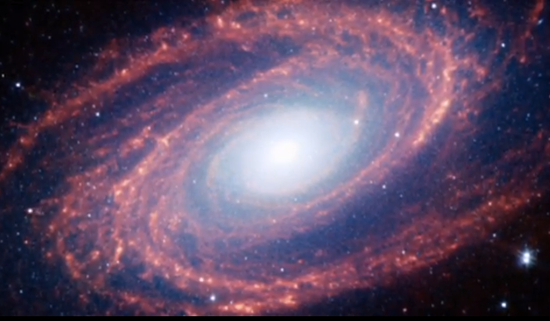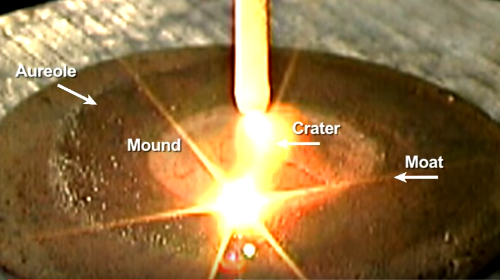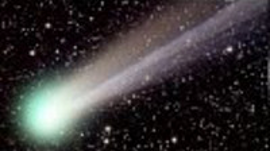 |
| Figure 1 |
PART 1: CLIMATOLOGY
There was a successful push to conflate the broad strokes field of the Environmental Sciences, which always covered a number of disciplines (climatology being one, oceanography, atmospheric sciences, meteorology, and ecology) with the term " Climate Science" in an effort to make it less empirical and more political.
In some form or other, they now all hinge on policies shaped by presupposing the assertion that the human produced portion of CO2 is causing any warming measured last century and arguably the first couple of years of this century. It projects climate as being linear, not cyclical. Total CO2 constitutes a practically non existent 0.04% of our atmosphere and supposedly has the ability not just to influence climate in some small way, but along with other supposed greenhouse gasses (ie methane & water vapour which you hear far less about but the models do include them) somehow are what drives climate here on earth.
The climatology behind the anthropogenic climate change hypothesis (formally AGW or Anthropogenic Global Warming) also relies on the assertion there is a natural CO2 balance and that extra human produced CO2 does not get absorbed as the natural portion does in part of of this balance and supposedly traps surplus heat. This heat, it claims, does not have a feedback cycle and simply builds up. The problem with this reasoning is that there has NOT been a natural balance! The long term and seemingly unstoppable trend, other than some short term exceptions.
CO2 through the Eons
We are in a severe CO2 draught. The CO2 in our atmosphere is continually sequestered in rock and oceans, and according to the mainstream there isn’t enough to liberate through burning oil, and hydrocarbons even if we burned it ALL tomorrow. Most of it remains trapped in rock and material such as the Chalky White Cliffs of Dover. Humans might delay the process but ultimately all life on earth will probably slowly vanish as levels begin dropping below 180ppm.
Levels were off the charts before life (Nars is 96% CO2). The Cambrian Explosion has the highest reliable levels since life started in earnest. CO2 levels were at a minimum 10 times higher, the Jurassic 6 times higher and Cretaceous 5 times higher. Perhaps you are starting to appreciate why there was never going to be any predictive success when they claim a rise by less than 1x factor, a minority percentage since industrialization, wil produce a cataclysm? We cannot even believe that its produced a 1° rise since then by that reasoning.
Please see my previous comparison of the earth with Venus & Mars which both have around 96% percent carbon dioxide atmosphere by composition, yet very different surface temperatures. The percentage composition of the atmospheres of those two planets is compared with other factors such as atmospheric pressure and proximity to its star.
 |
| Figure 2 I contest the 1.64% figure, should be 1.47% |
 |
| Not so hot on the predictions. |
The unavoidable fact is that one out of sixty eight is 1.47%
PART 2:COSMOLOGY
Cosmology has only 1 model that is sanctioned by the establishment, the LAMBDA-CDM (^CDM or "cold dark matter") model more commonly referred to as the standard cosmological model. The establishment which has a monopoly on public funding, grant & research and the education curriculum does not teach or allow competing models (such as Plasma Cosmology which accounts for 100% of the observable universe) into universities or to bid for non private funding of R&D projects. Moreover, this model rejects such things as the electromagnetic influence of pervasive cosmic magnetic fields on the cosmic web, formation of galaxies and orbital mechanics of solar systems.
It also asserts that the universe is expanding from a big bang 13.8 billion years ago. When applied to the supposed rate of expansion used by the model from the big bang the shortcoming variable in theory vs observation is given the name "Dark Energy". When applied to the rotational curve of galaxies under the called for criteria of the ^CDM model, that gravity drives galactic rotation, the variable given for shortcoming in theory vs observation is called "Dark Matter".
The rate of success reconciling The standard model with observable matter and supposed measured dynamics/movement of that matter is low (the concept "space" proposed as being a material fabric or manifold both causing gravity, somehow, using pure geometry and expanding due to unseen factors). It's reconciliation of prediction vs observation is 4.6%...
In other words
It is a true statement to say: Only 4.6% of the universe is accounted for based on predictions of the standard model being reconciled with observation.






























